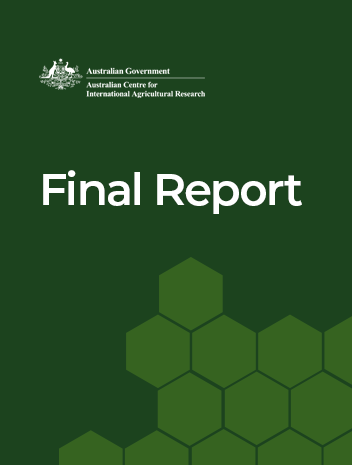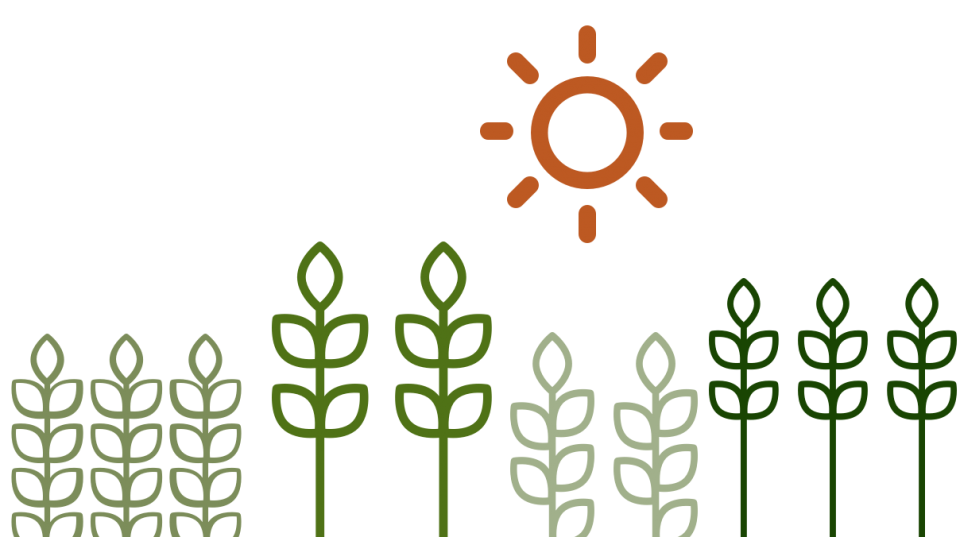Overview
The project aimed to manage sugarcane streak mosaic virus (SCSMV), a widespread disease that affects the Javan sugarcane industry.
Sugarcane is an important agricultural crop in Indonesia and contributes Rupiah 11,500 billion (A$1.57 billion) to the Indonesian rural economy. More than 140,000 farmers grow sugarcane, and 1.3 million workers work in associated industries. Almost all sugarcane farmers are small-holders who rely on sugarcane as a cash crop. Productivity has declined over the last 40 years. Pests and diseases contribute to this production slide, and stem borers affect crop yields in Java.
The disease also affects sugarcane in expanding areas, particularly West Papua. A survey of 931 crops in Java identified and implicated the virus in nearly 80% of crops displaying visual mosaic-type symptoms.
Many commercial varieties are susceptible to the disease, and only two popular varieties are resistant. Commercial cane farmers have few options for disease control.
Disease-free nursery material is a key strategy needing strong implementation. Many facets of the disease need researching so that an effective integrated disease management strategy can be implemented in Java, Sumatra, Sulawesi, Sumba and West Papua. That strategy is likely to include disease-free planting material, resistant varieties and the termination of heavily-diseased, susceptible crops.
The project assessed the importance of sugarcane streak mosaic virus; determined the potential for escalation; identified resistant varieties of sugarcane; and developed management tools for nursery and farm level production.
Outcomes
Sugarcane streak mosaic (SCSM) caused by sugarcane streak mosaic virus (SCSMV) is a relatively recently recognised disease of sugarcane that is now widespread through S.E. Asia and widely infecting commercial crops, both in terms of incidence and in the percentage of plants infected within individual fields. Crop losses, though not spectacular in individual plants, is very significant since whole crops are very often affected meaning that accumulated smaller losses in individual plants leads to very significant losses for cane farmers. A number of aspects related to the disease were unknown at initiation of this research, including: distribution across Indonesia (Sumatera, Sulawesi, and the eastern archipelago); transmission mechanisms (mechanical or insects or planting material only); the epidemiology and speed of spread; crop resistance; sensitive, specific and cheap detection technologies; and an effective integrated disease management (IDM) strategy. All these points were addressed in associated research activities.
Research has clearly shown that the disease is at greater incidence on the island of Java, with findings in other regions generally associated with the movement of planting material from this location. A reliable, cheap antiserum-based detection technique was developed as well as a very sensitive qPCR assay for use in quarantine and other applications. Variation in the pathogen was detected in molecular assay of samples from different Indonesian locations. Significant mechanical transmission was only associated with rubbing extracted, infested stalk and leaf sap onto the leaf surface of test plants after surface abrasion; this will be a reliable technique for use in resistance screening. Knife transmission was minor. No insect or arthropod transmission has as yet been detected and confirmed, though the virus was found associated with some arthropods. Spread of the disease, apart from planting material, was found to be relatively slow in sites in eastern Java but has been reported to be very rapid in Myanmar; the outcomes of a small project investigating arthropod transmission there is the focus of a separate report. Some resistance to the disease has been detected, though a number of Indonesian varieties are susceptible. The essential elements of an effective IDM include: disease-free planting material, varietal resistance and termination of heavily-diseased crops.
Project impacts so far have included better guidance to farmers on how the disease is likely to affect their crops, recommended management options to reduce crop yield losses, an ability to test planting material for the presence of the disease (to enable better selection of disease-free planting material) and improved farmer understanding of the disease.
Scientific impacts have included a much better understanding of pathogen variation, the development of optimised molecular and serological assays for virus detection in planting materials and a better understanding of the speed of spread and distribution of the disease.




